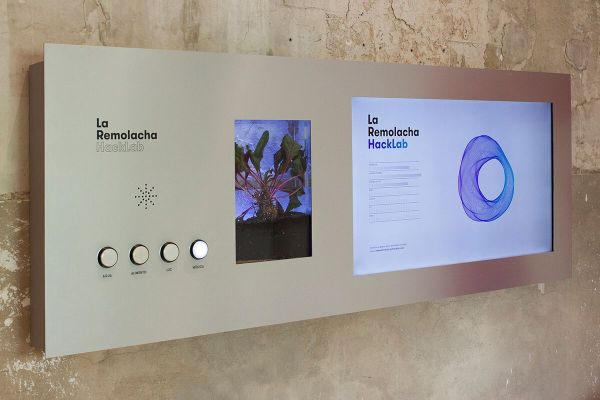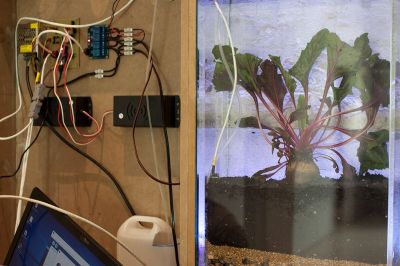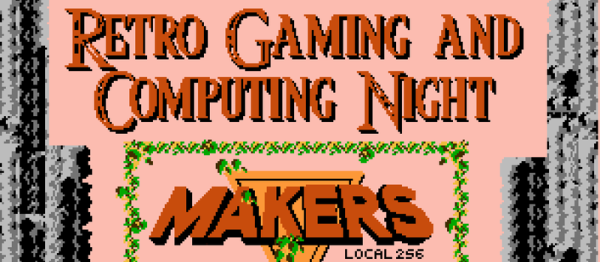There’s something about old industrial buildings that just seems to attract hackerspaces. It could be the open floor plans typical in buildings that used to house big manufacturing operations, or it could be a desire to reinvigorate places where machines once hummed and skilled hands plied their trades. Whatever the attraction, the relationship is not without risk; old buildings with wood floors and frames can be tinderboxes, and tragedy can strike at any moment.
Such a fate befell The Foothills Community Workshop in Granite Falls, North Carolina, this past Friday. Details are still sketchy as the remnants of the 75,000-square foot former Shuford Mills textile factory are still smoldering, and the Fire Marshal’s investigation is not yet complete. Thankfully, no lives were lost, and injuries were limited to heat exhaustion of several of the firefighters from 16 counties who battled the blaze in the hot and humid North Carolina Piedmont.
Continue reading “North Carolina Hackerspace Destroyed By Fire, Members Vow To Rebuild”



 s to the sensors. The higher the temperature, the more folds in the shape. More distortions appear when there’s more humidity in the soil, while rotation speed increases with air humidity. Adding food increases the size of the visualization, and music triggers more vibrations.
s to the sensors. The higher the temperature, the more folds in the shape. More distortions appear when there’s more humidity in the soil, while rotation speed increases with air humidity. Adding food increases the size of the visualization, and music triggers more vibrations.
















